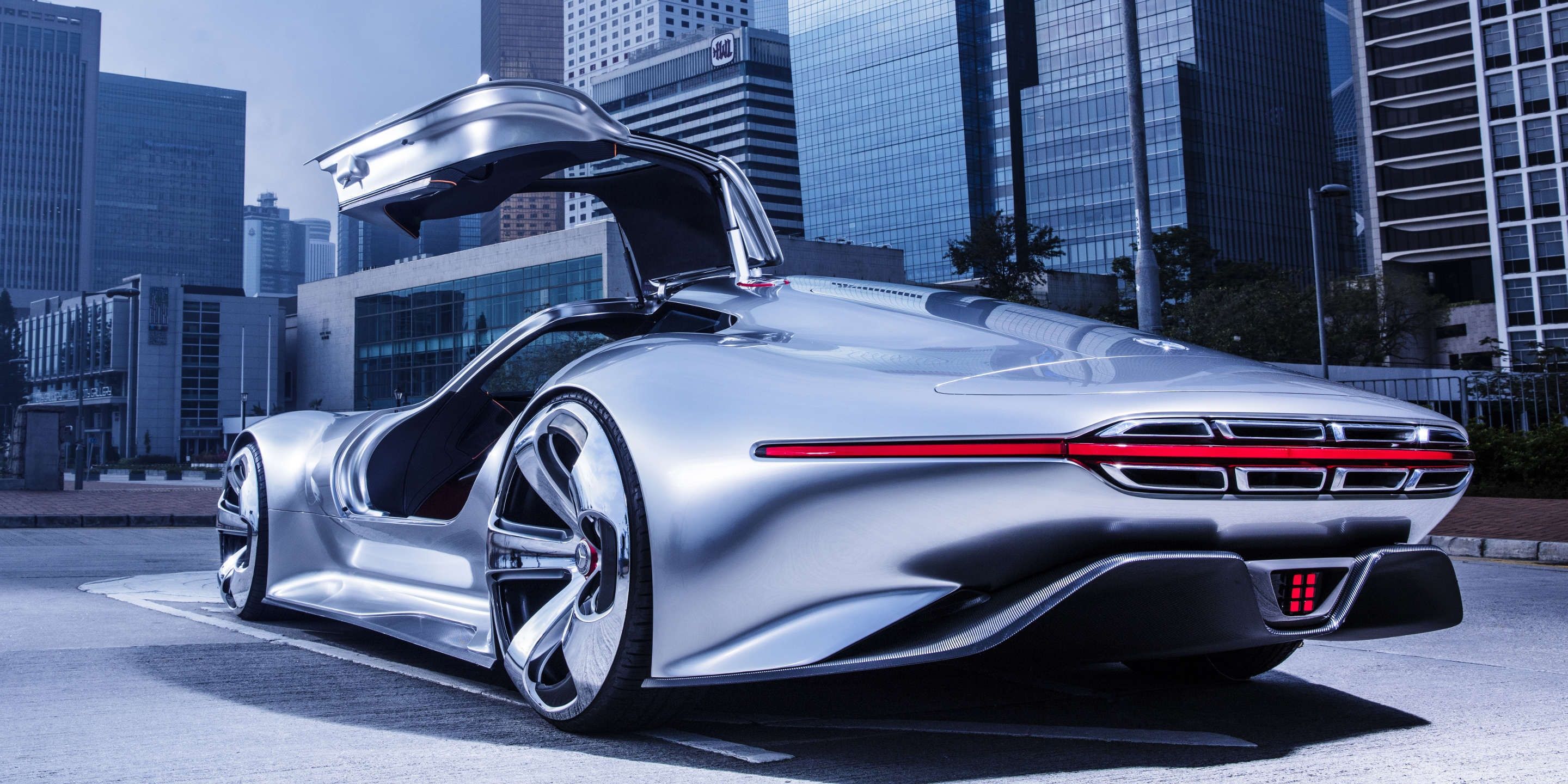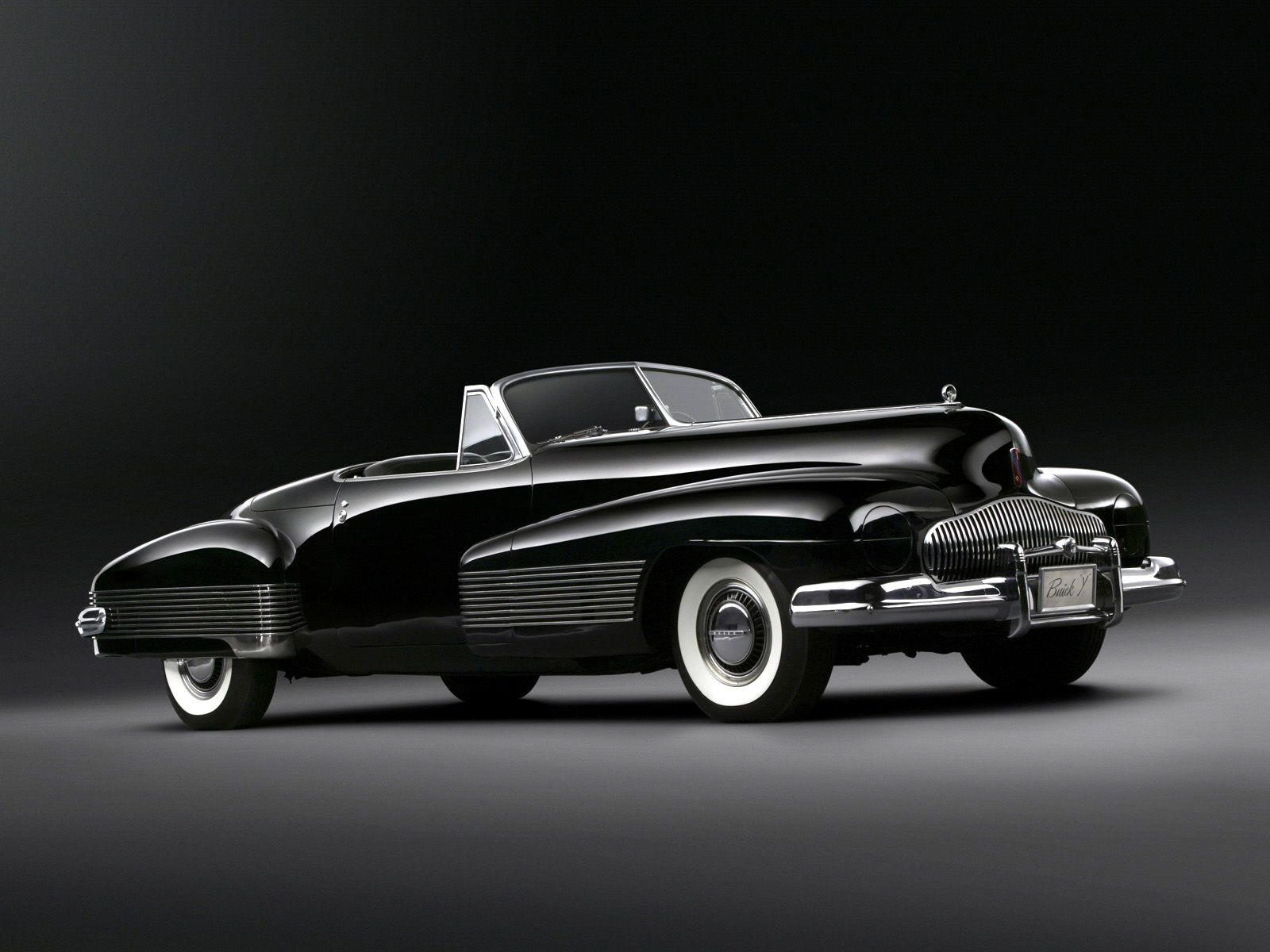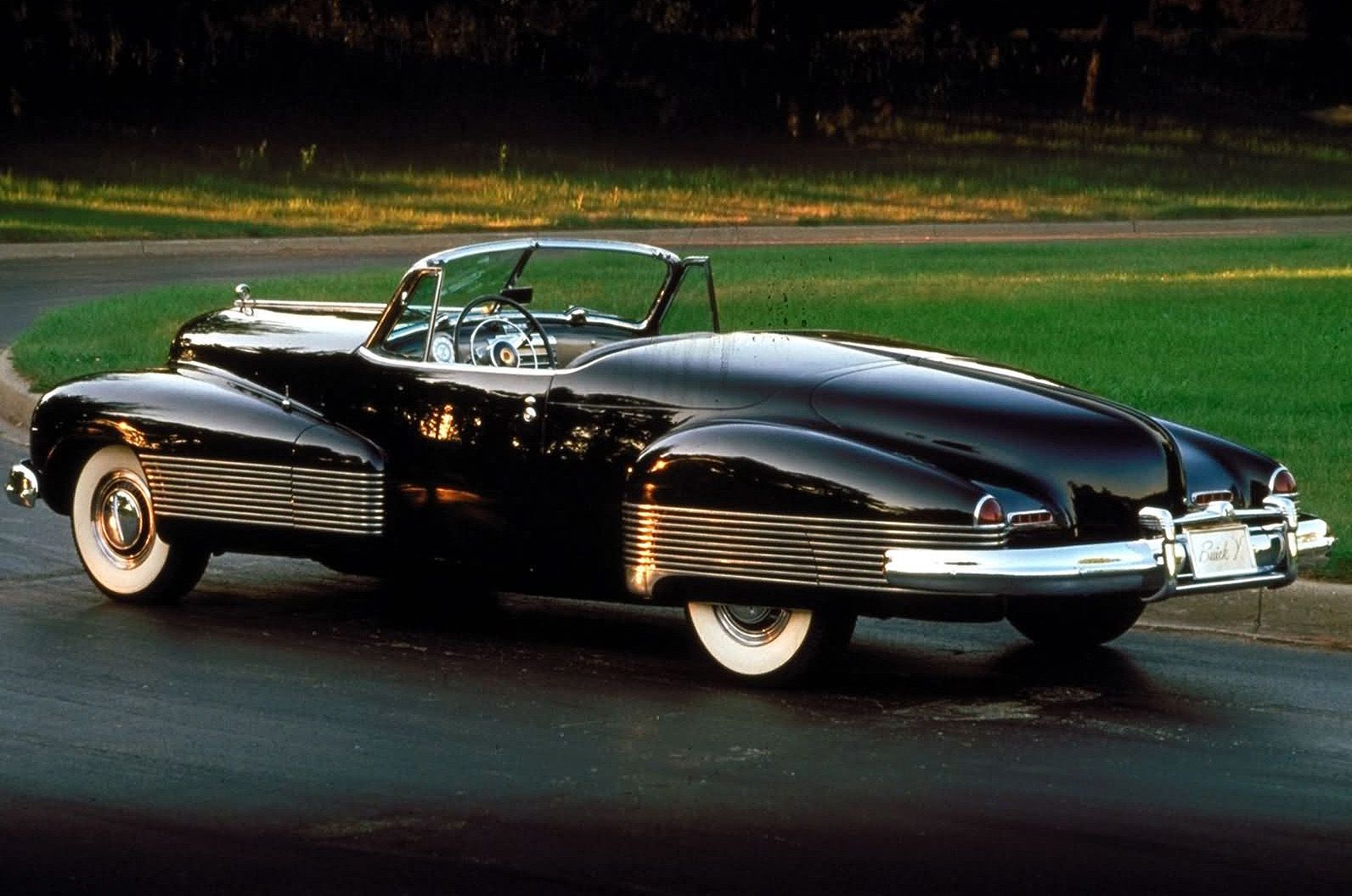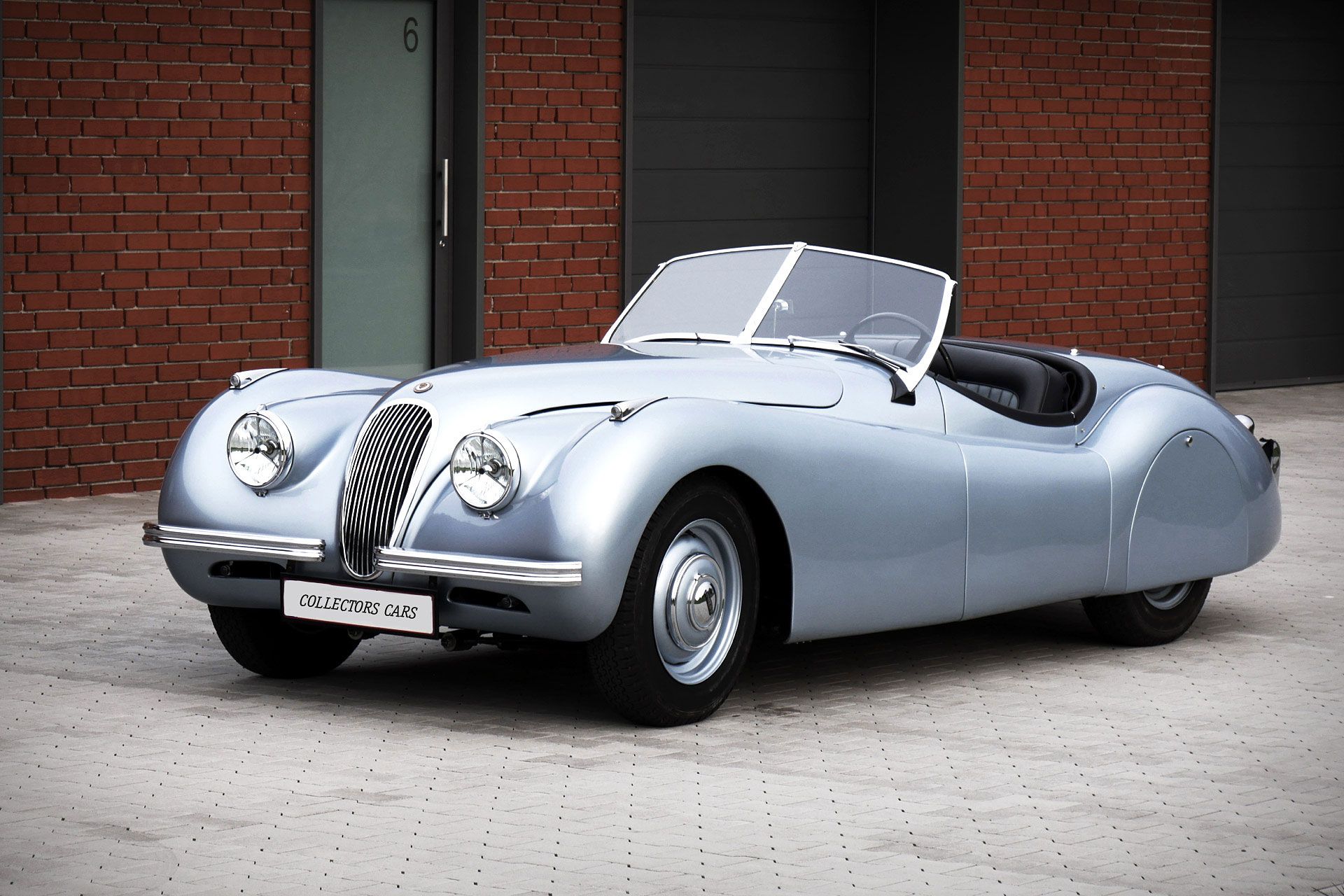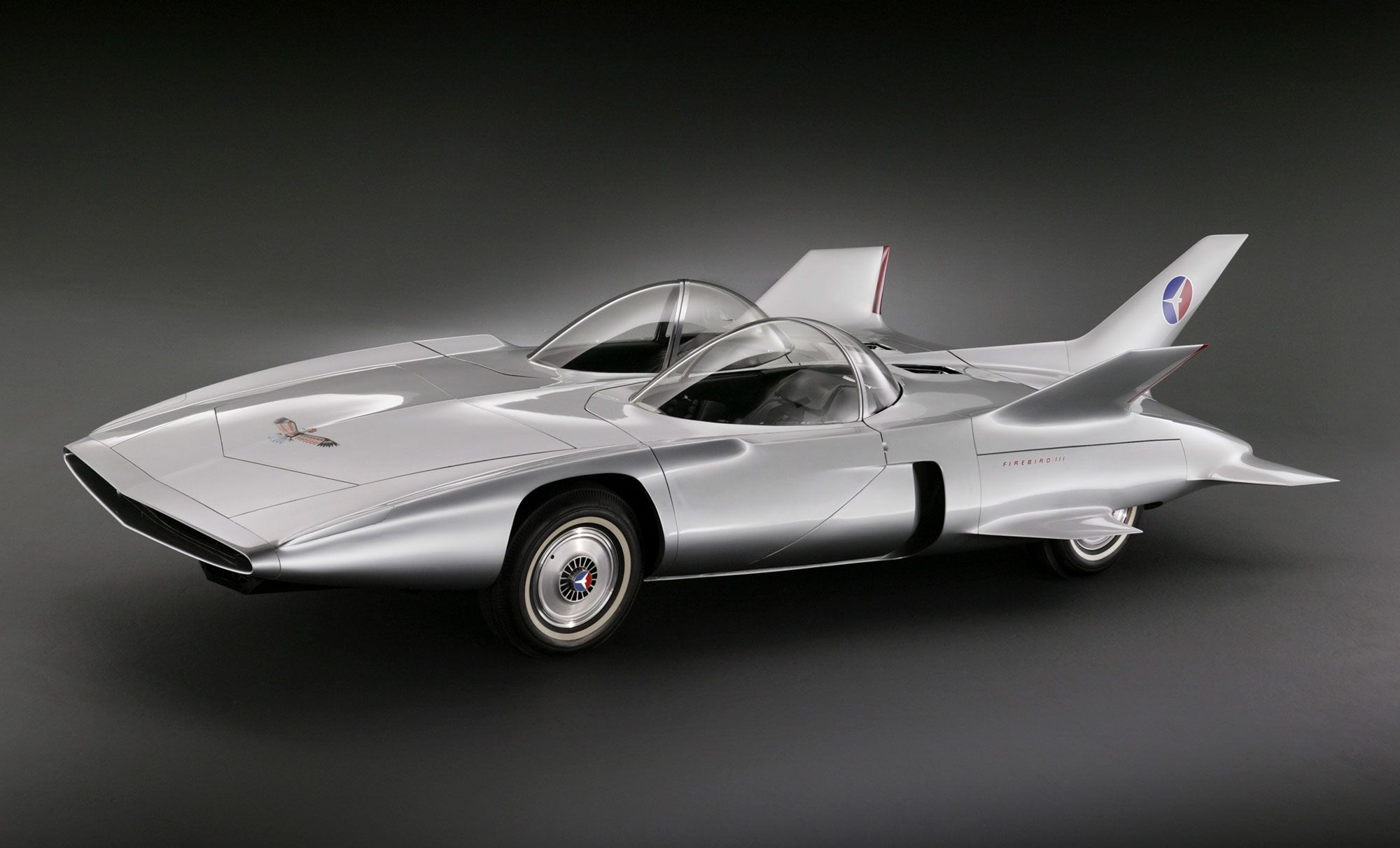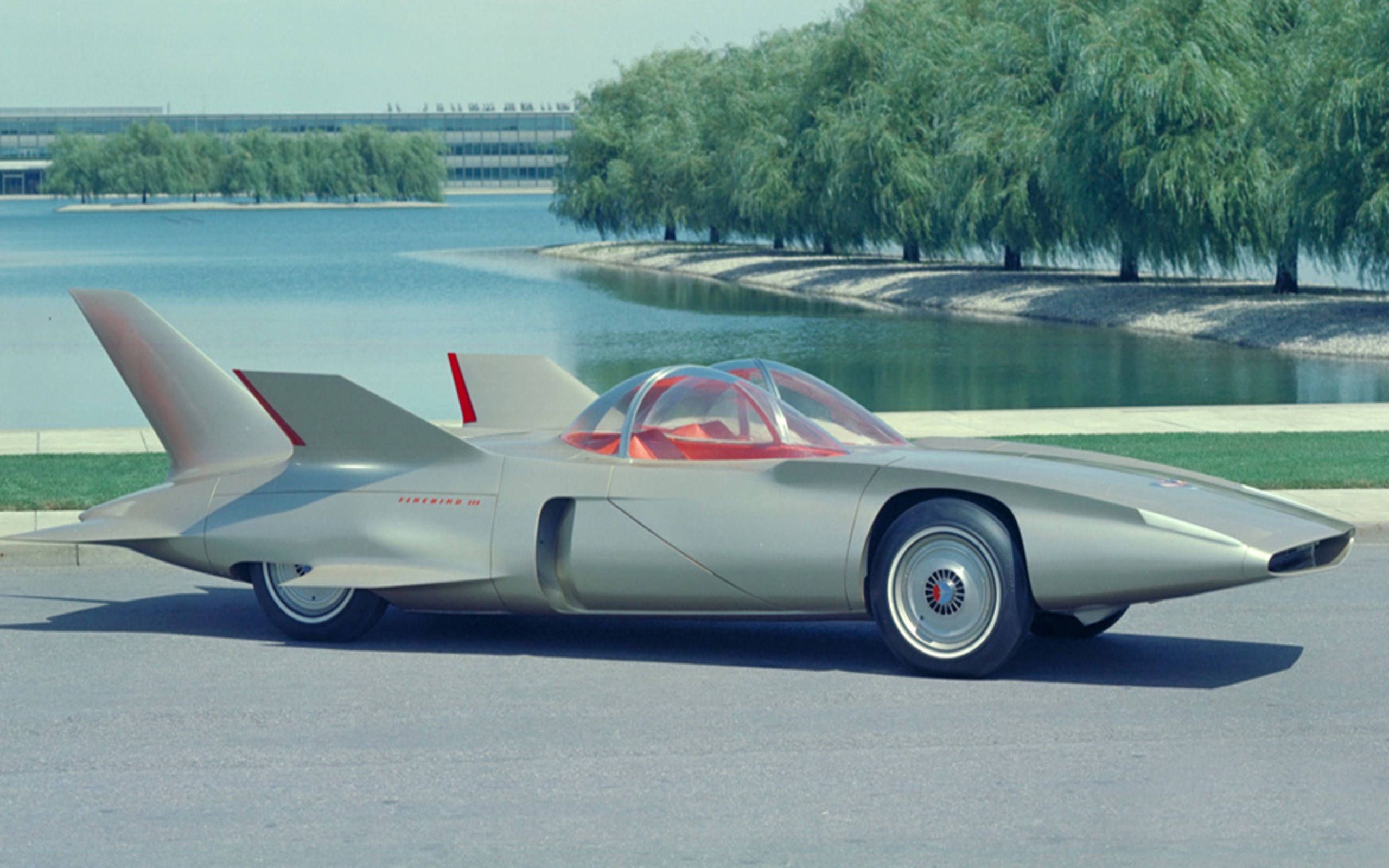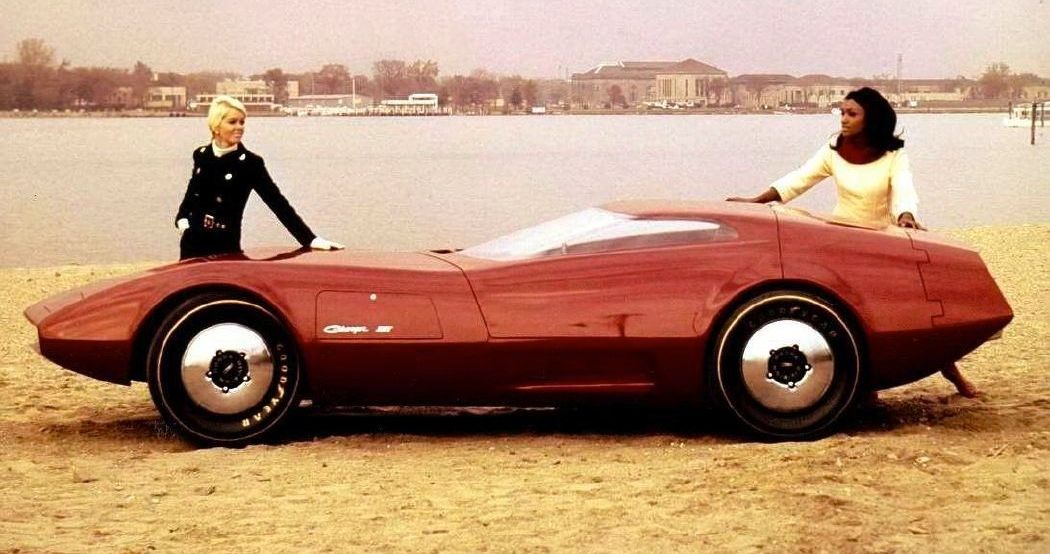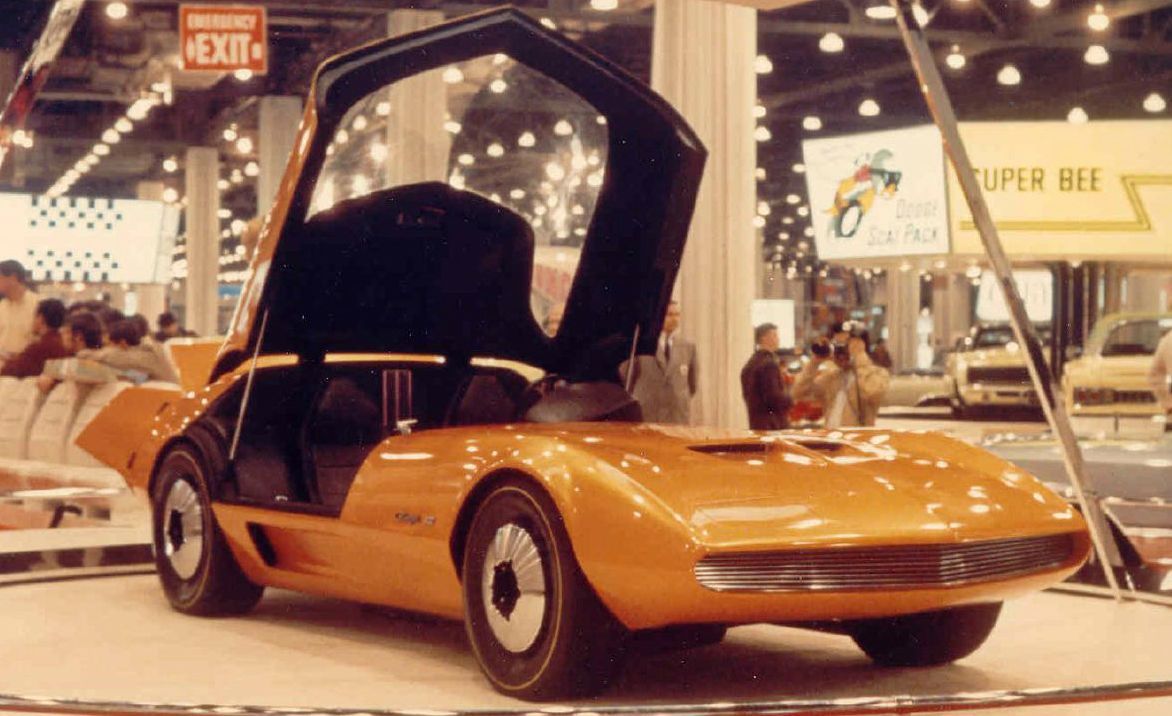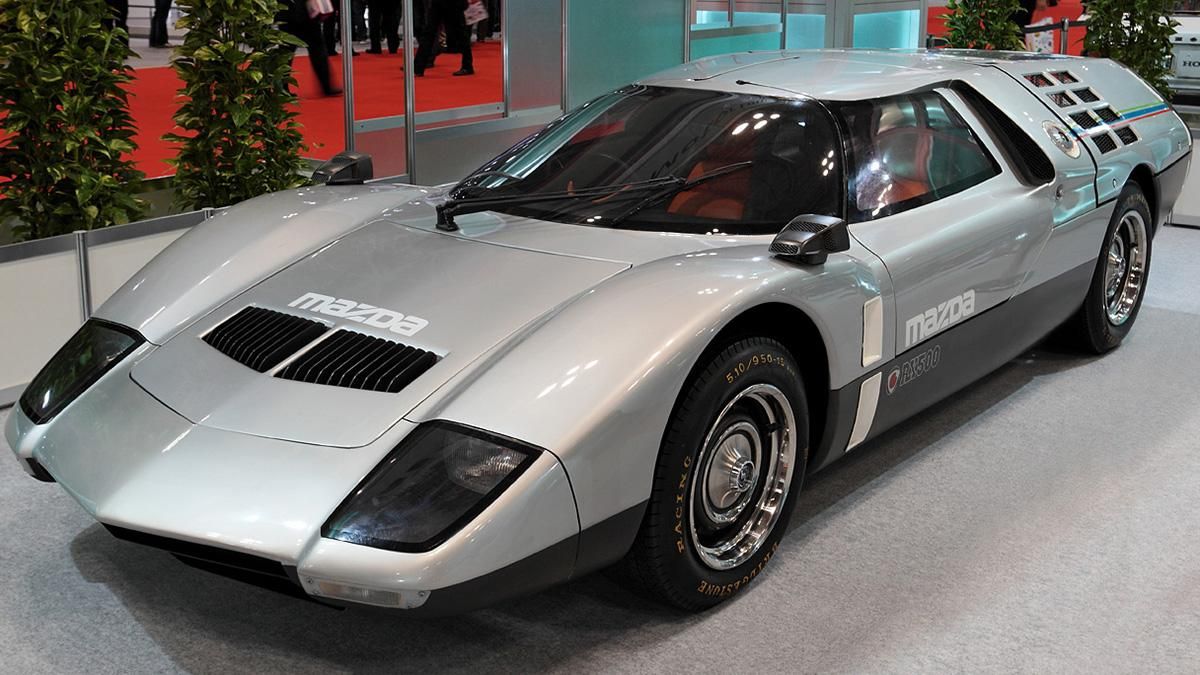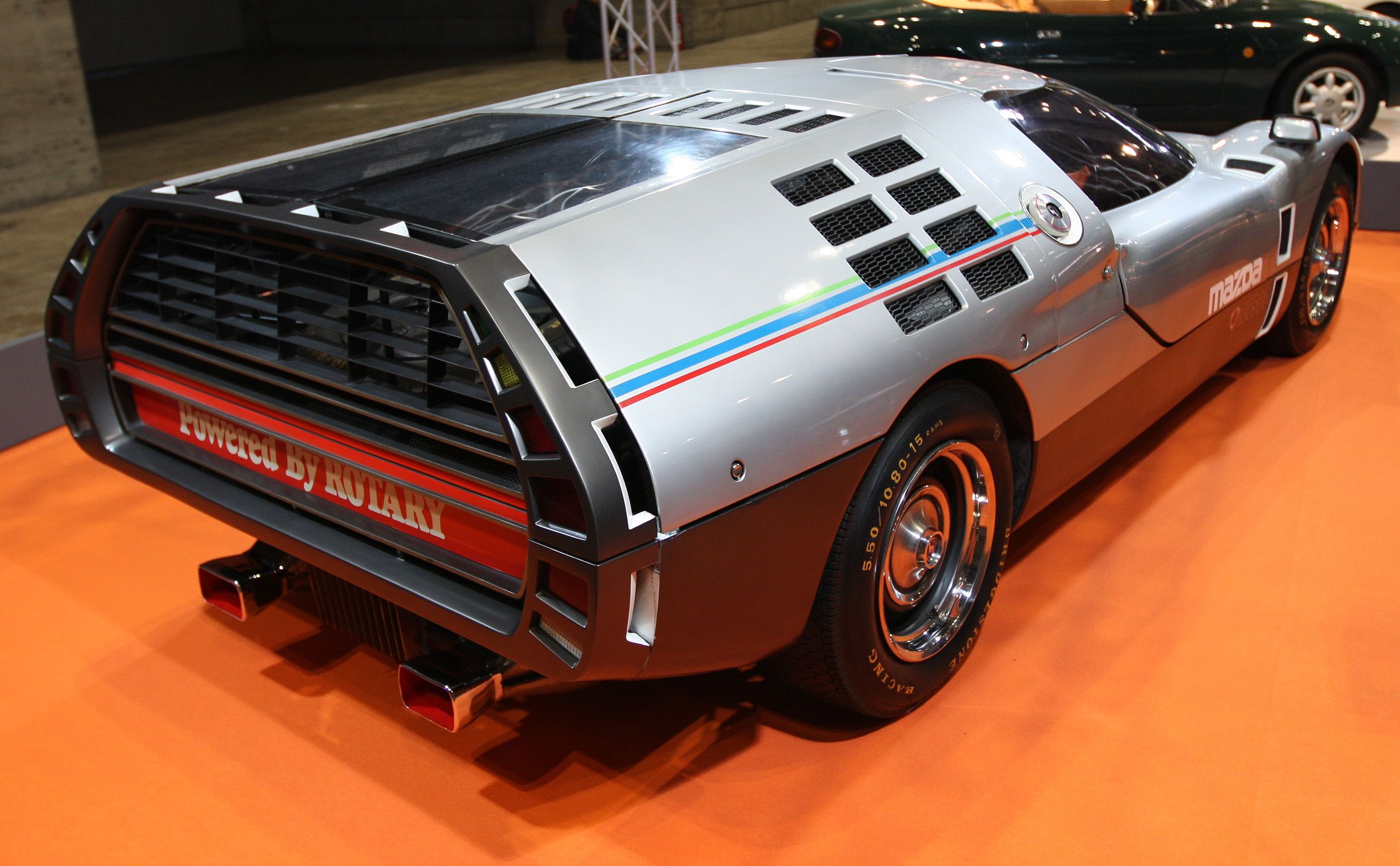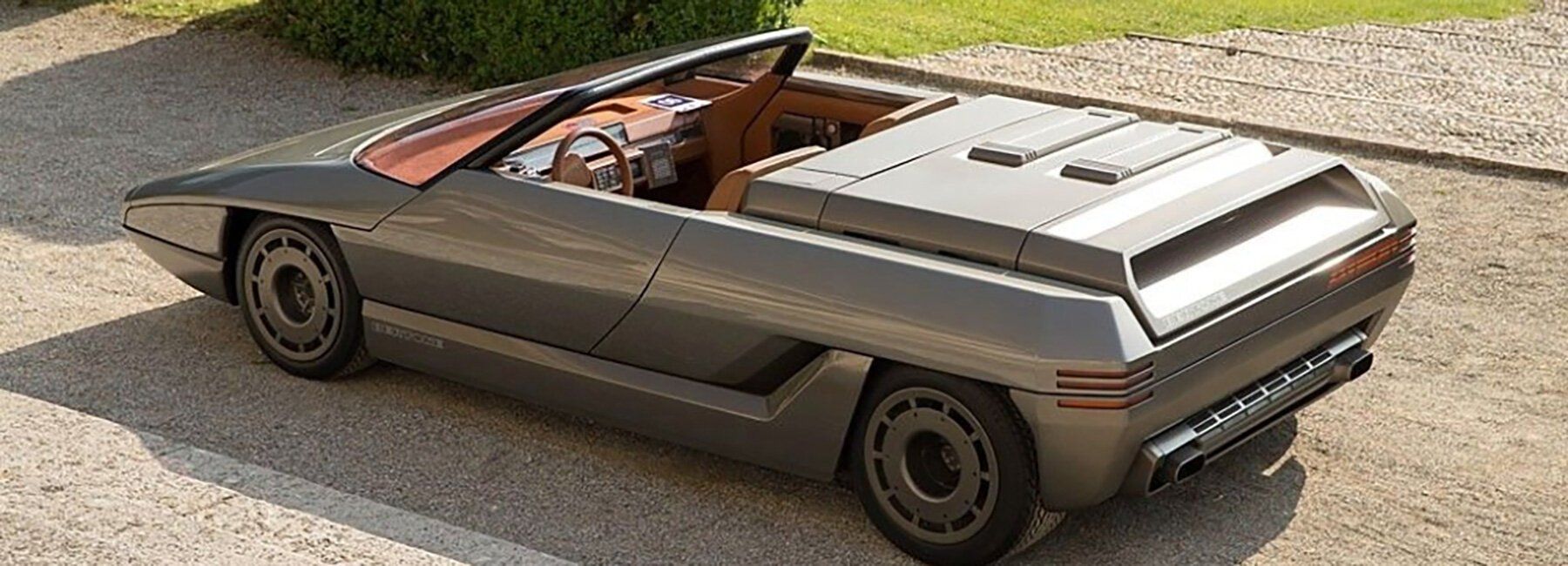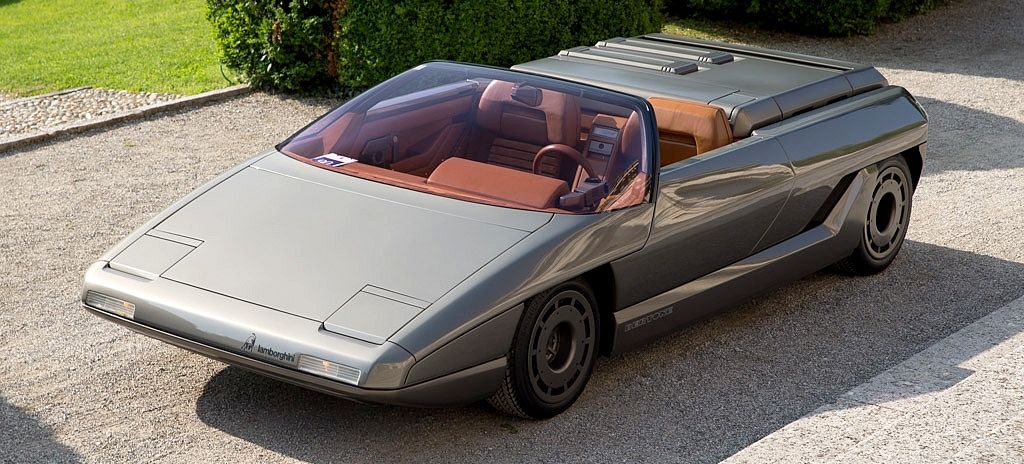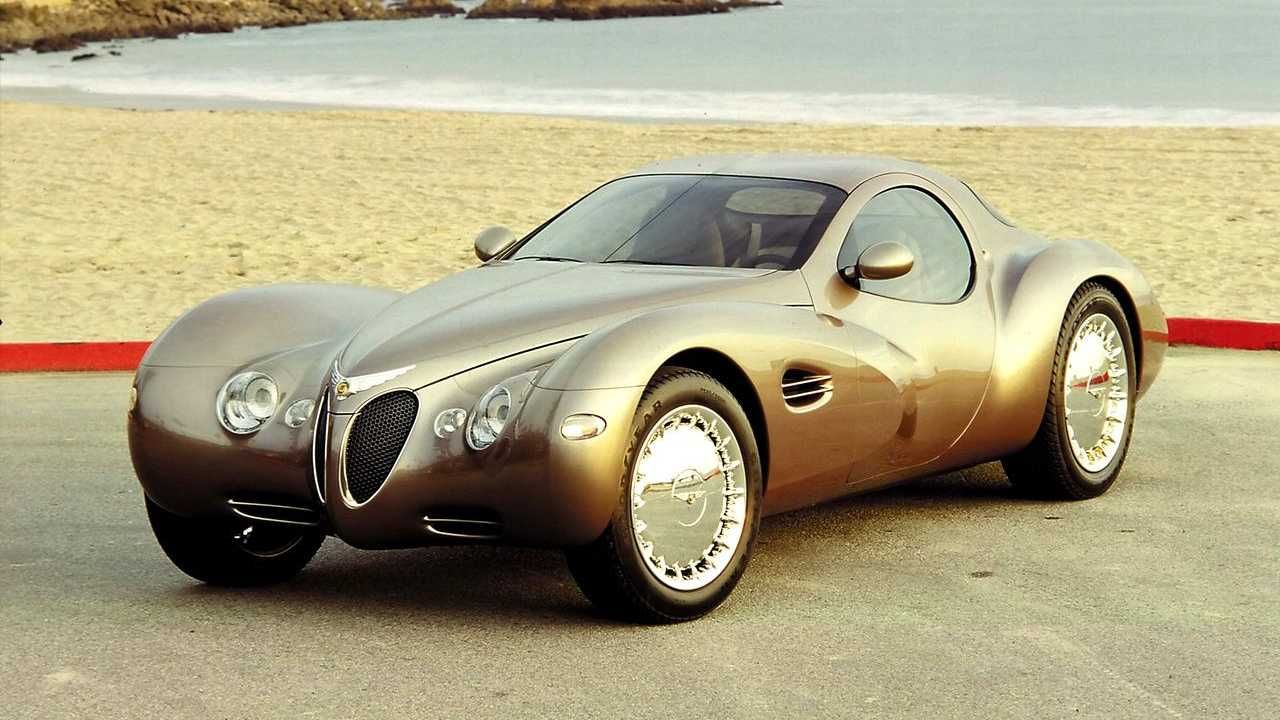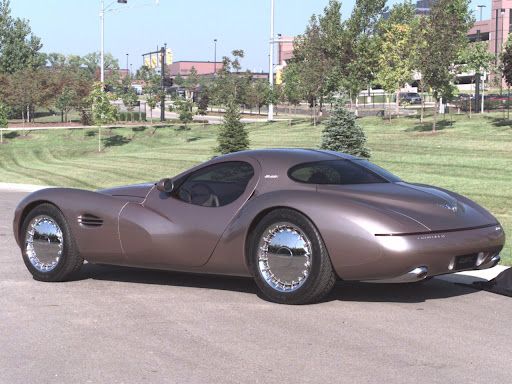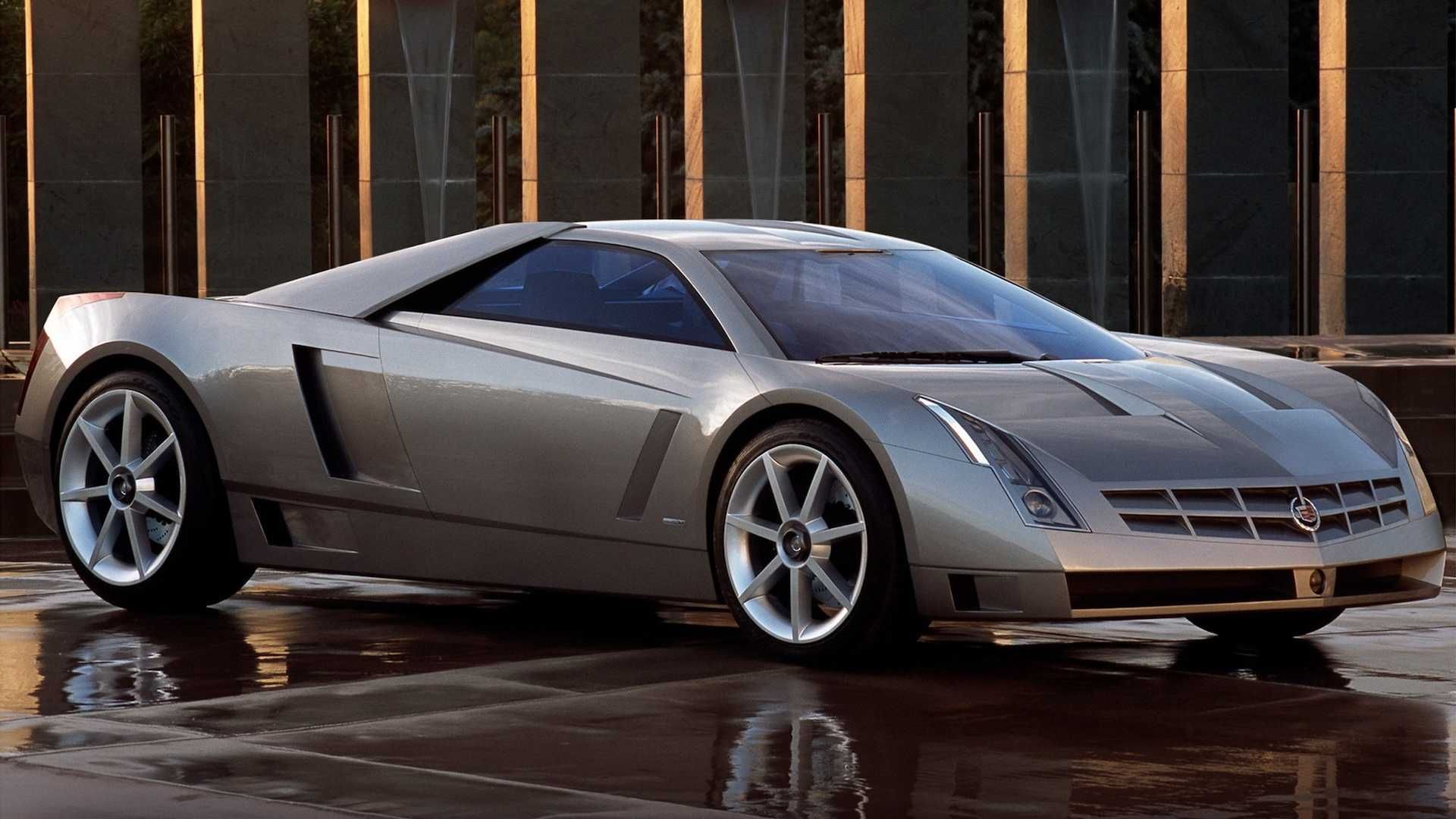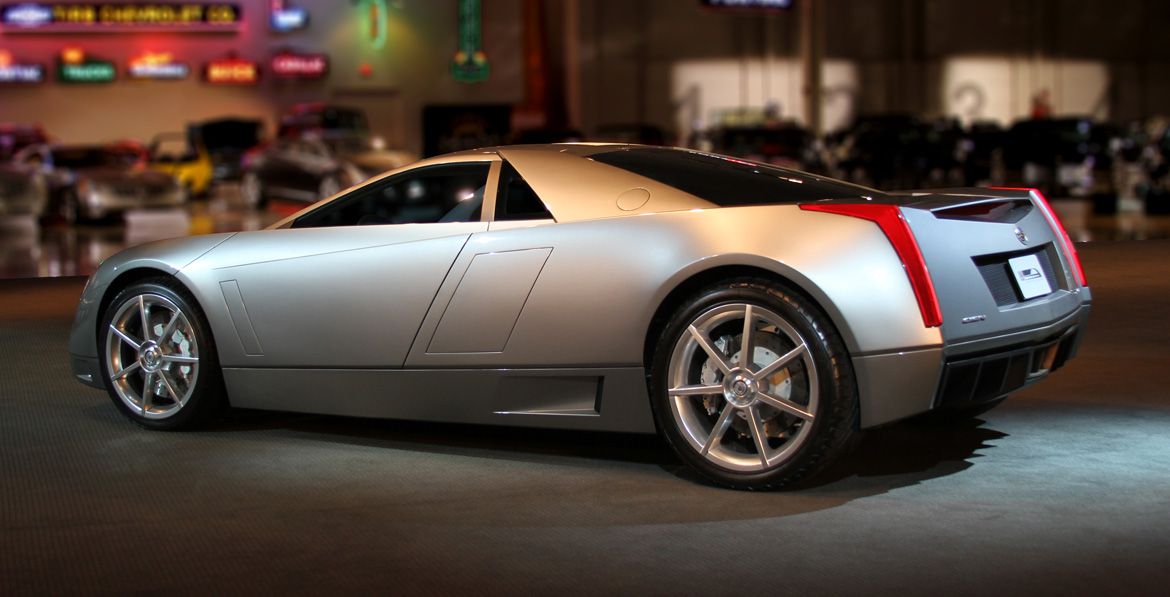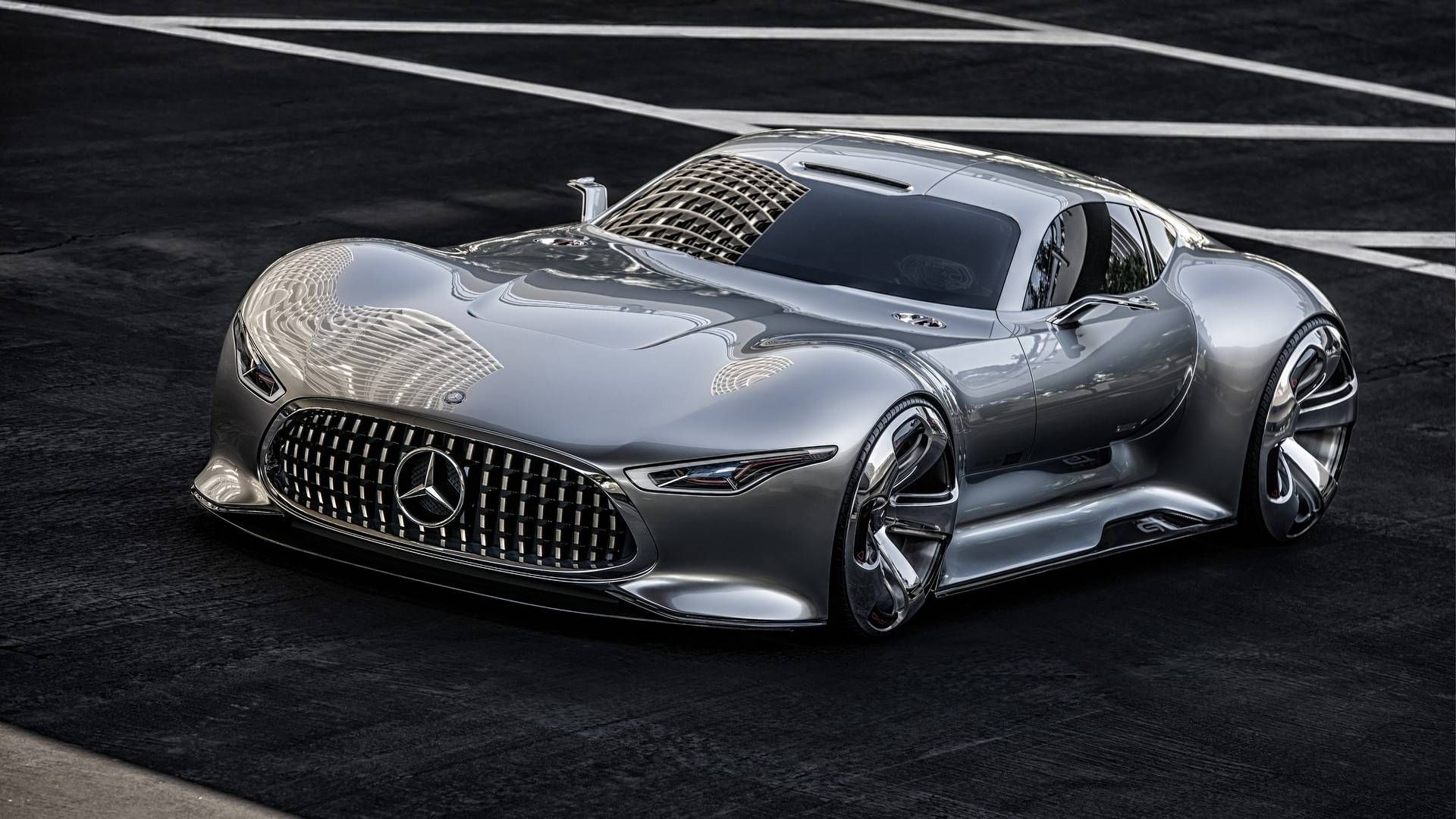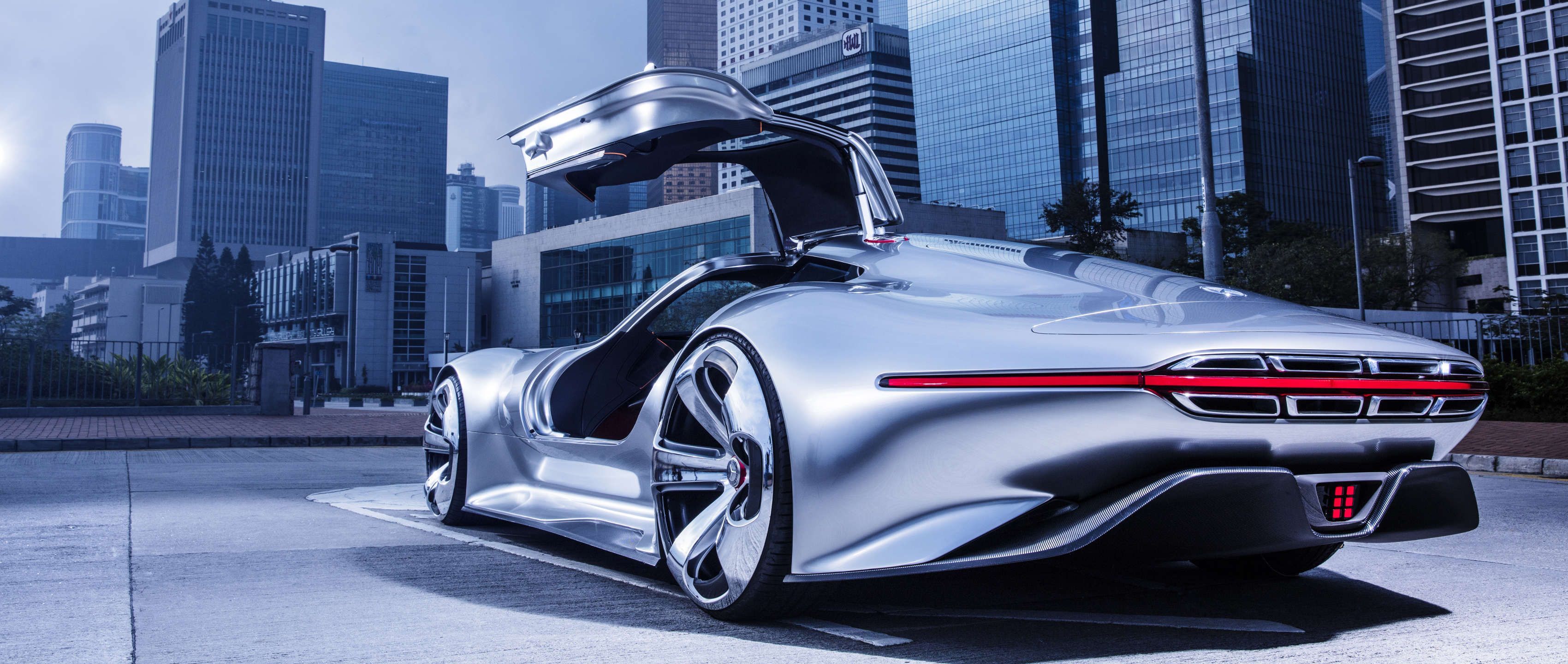Concept cars are usually produced by auto manufacturers to test out new designs and innovations on the general public. Some of these innovations make their way to production cars, such as the Mercedes S-Class, which is usually a forerunner in new automotive technology.
However, since there are no rules attached to the designing of concept cars, automakers are free to design a vehicle in whichever way they want. In some cases, some of those outrageous features make it to a mass production model, while others never do.
Concept cars are undeniably a fun part of auto-shows, and sometimes, they generate a lot of media buzz. The Honda NSX Concept, for instance, was a huge hit wherever it was displayed and so was the Jaguar CX-16 – both of which look remarkably close to their mass-production counterparts. There are also mass-production cars that look nothing like their concept counterparts such as the Audi Rosemeyer, the initial inspiration for the Audi TT and the R8, and the Ford GT90, which became the 2005 Ford GT.
Nevertheless, there have been some crazy concept sports cars in automotive history which stretched the boundaries of our imagination.
9 The First Concept Car: 1938 Buick Y-Job
The 1938 Buick Y-Job is considered to be the automotive world’s first concept car. It featured innovations such as electric windows, hidden headlights, and wraparound bumpers – features that would not be around for another few years. Its designer, Harley J. Earl, used it as his personal car until 1951 when he replaced it with one of his newer concept cars.
It had a 5.2-liter Straight-8 and was called the Y-Job, as most of that time’s experimental car names started with an ‘X’, while the ‘Y’ designation was extensively used in the aviation industry to denote the most advanced prototypes.
8 1948 Jaguar XK-120 Alloy Roadster
The 1948 Jaguar XK-120 Alloy Roadster was a lighter version of the standard XK-120, however, it was redesigned slightly to be more aerodynamic with added wheel covers on the rear arches. It looked identical to the later steel-bodied XK-120 Roadsters, bar the straight windshield frame, where the later production models’ was slightly curved.
Jaguar wanted to call the model the ‘Super-Sports Two Seater,’ but after its initial run in Belgium, it achieved 120 mph, making it the fastest production car in the world, hence the name.
7 1958 GM Firebird III
This many-winged airplane for the road was entirely designed using a wind tunnel, as were its predecessors – the Firebird and Firebird II. The crazy thing was, all seven (yes, seven!) of the wings were fully functional in keeping the car stable at high speed. The car was powered by a gas turbine engine producing 225 hp, with an additional 10 hp two-cylinder engine, to run all the various accessories and features.
Some of these features included cruise control, anti-lock brakes, air conditioning, air-drag brakes, accident avoidance systems, and an ‘ultra-sonic’ key, which signaled the doors to open much like modern central locking does. The car had a joystick instead of having a steering wheel. Sadly for petrolheads and aircraft aficionados alike, the Firebird III was never put into mass production.
6 1968 Dodge Charger III
The 1968 Dodge Charger III was a fascinating exercise in automotive design, which looked almost like a C3 Corvette – if it was made by Chrysler. It featured a flip-up canopy, opening the single roof piece – with the steering wheel and instrument cluster swinging out of the way, to allow for better entry.
The car had a mighty air brake at the back to aid high-speed braking. The engine bay was designed to fit any of Dodge's V8s, including the 426. It never made full-scale production, however, Matchbox mass-produced the car – 64 times smaller for all to enjoy.
5 1970 Mazda RX-500 Concept
The Mazda RX-500 was a concept car built as a test bed for new road safety innovations. It weighs 1,870 lbs due to the body panels being made of plastic and the chassis being made of aluminum tubing. It utilized the Kamm Tail/bread van design, as it was deemed the most aerodynamic out of the various tested designs.
It is powered by a double-rotor Wankel engine mounted in the middle which could rev to 15,000 rpm, makes 247 hp, and could achieve a top speed of 150 mph.
4 1980 Lamborghini Athon By Bertone
The Lamborghini Athon is a fully functional concept car designed by the Italian design house, Bertone, for Lamborghini during their financial crisis in the late 1970s and early 1980s, and actually helped to save them from liquidation.
It is loosely based on the 1979 Lamborghini Silhouette chassis, with substantial modifications to make it a convertible. It also utilizes the 3.0-liter DOHC V8 from the Silhouette, which sends all 260 Italian horses to the rear wheels via a 5-speed manual. This car would fit in perfectly in cyberpunk-themed movies and video games.
3 1995 Chrysler Atlantic
The Chrysler Atlantic began life as a sketch on a napkin and took its inspiration from the legendary Bugatti Type-57 Atlantique of the 1930s. It was powered by a 4.0-liter Straight-8 engine made by bolting two 4-cylinder Dodge Neon engines together, producing 360 horsepower.
The Atlantic caused quite a stir within the motoring world due to its striking, yet classic design. Unfortunately, the project was canceled as Chrysler deemed it too expensive for mass production. The car still makes appearances at auto shows and automotive museums.
2 2002 Cadillac Cien
The Cadillac Cien is one of the craziest and coolest concepts designed by any US manufacturer. It was Cadillac’s 100th anniversary present to itself and featured a unique 7.5-liter Northstar V12 developing 750 hp and 650 lb-ft of torque. The engine featured ‘displacement on demand’ – similar to Bentley’s ‘Cylinder Deactivation’ system – which allowed it to run on eight or fewer cylinders when cruising.
The Cien’s design is heavily inspired by the F-22 Raptor fighter aircraft with its monocoque chassis and body, made of an advanced aerogel composite, resulting in it being quite light. It became an automotive concept icon and was featured in video games like Gran Turismo 4 and Midnight Club 3 and movies such as 2005’s The Island and 2014’s Transformers: Age of Extinction.
1 2013 Mercedes-Benz AMG Vision Gran Turismo
The Mercedes AMG Vision was designed specifically as a rendering for the popular driving simulation videogame, Gran Turismo, but was later built as a real-life model for showcasing purposes. It was the first in the line of Vision Gran Turismo concept cars, designed by various manufacturers for the videogame and to showcase their ultra-futuristic designs.
It had a 5.5-liter Twin-Turbo V8 producing 580 hp and due to the carbon-fiber body and lightweight aluminum construction, it weighed in at just over 3,000 lbs. Reportedly, five cars were produced and sold to private collectors. The Mercedes-Benz AMG Vision Gran Turismo was featured in the movie Justice League as Bruce Wayne’s personal runabout.

